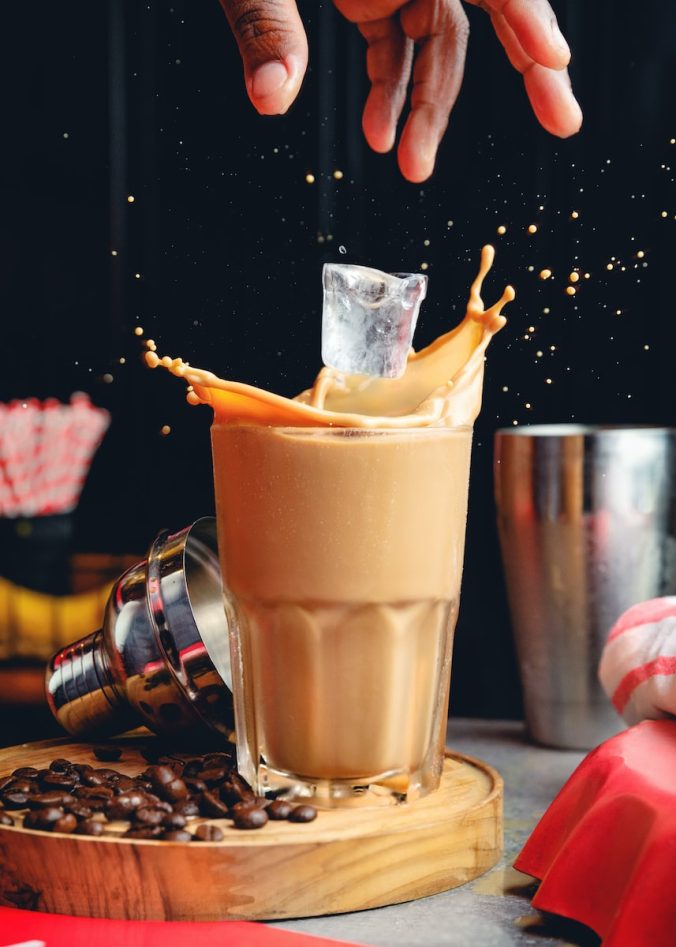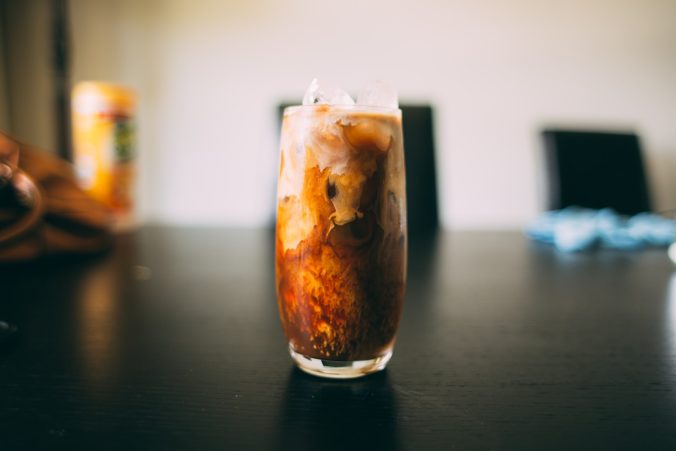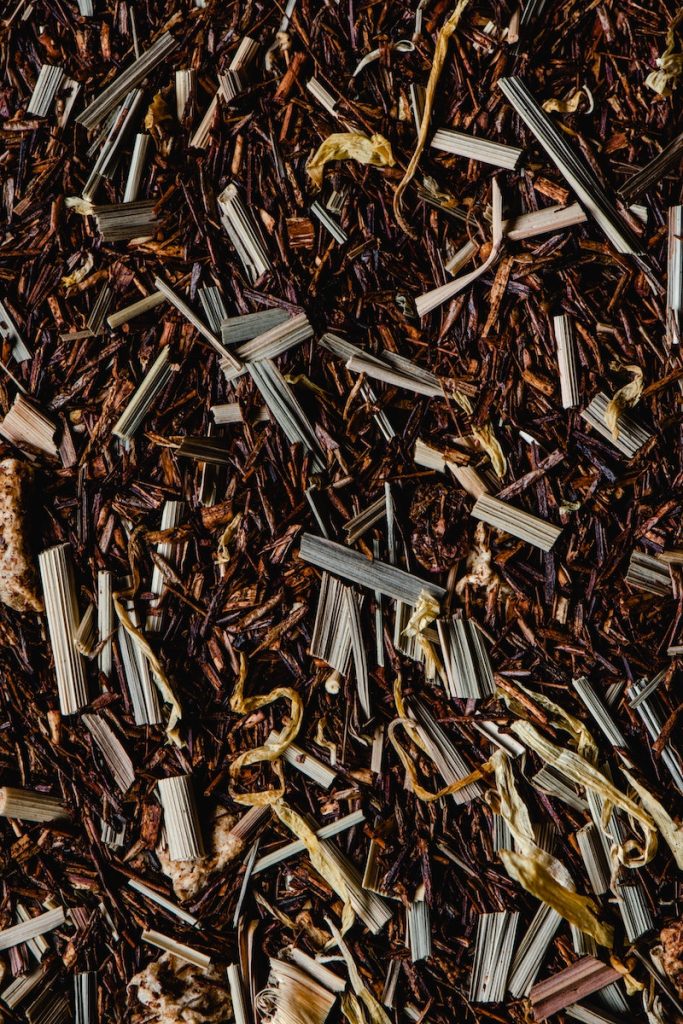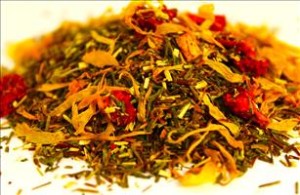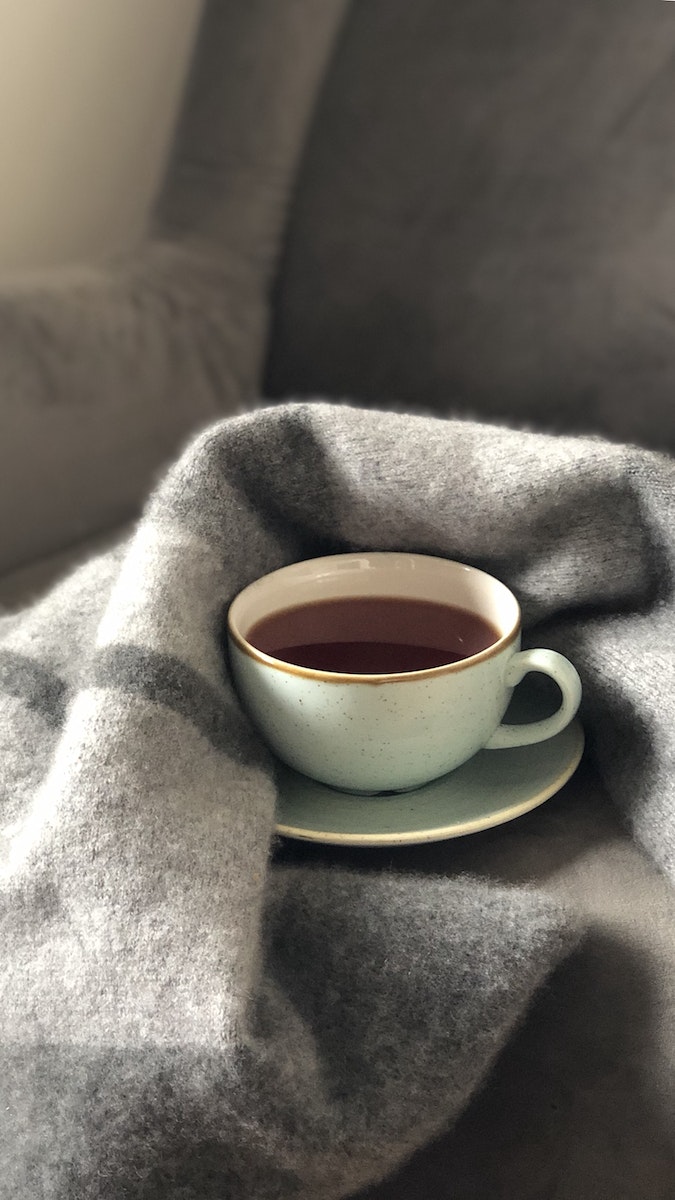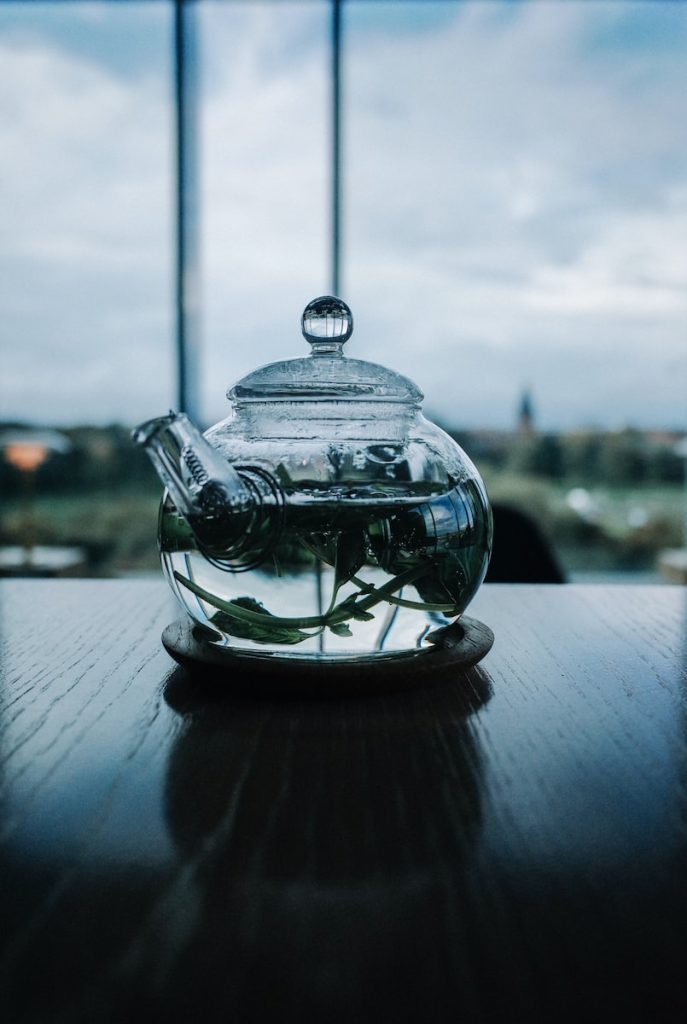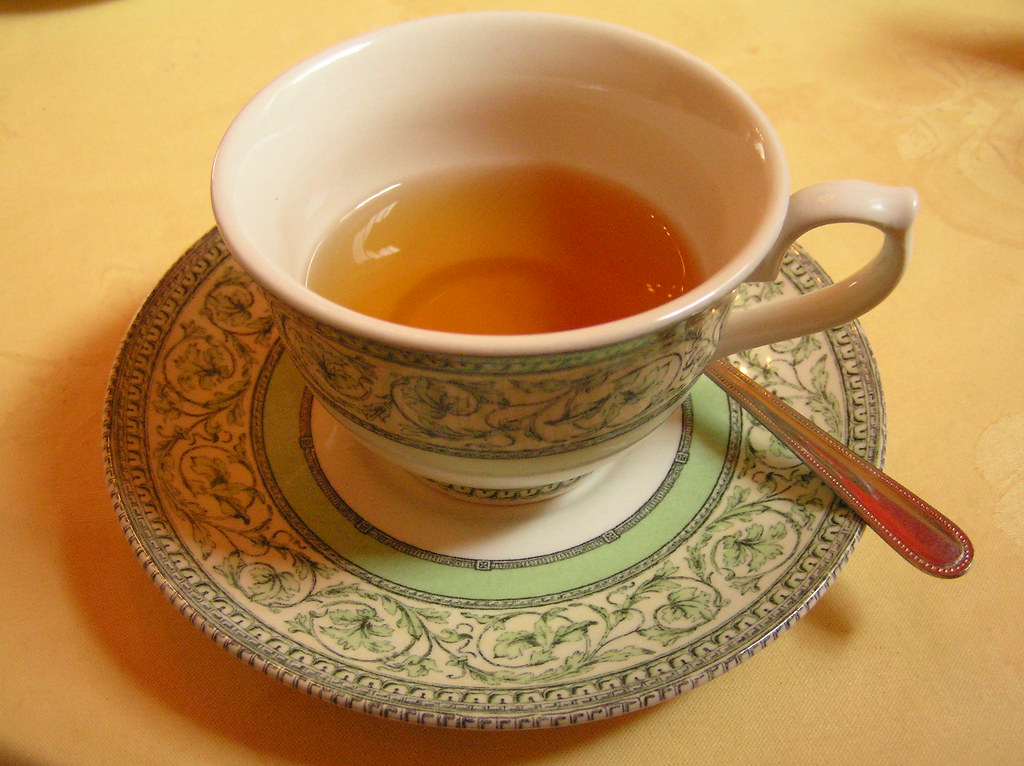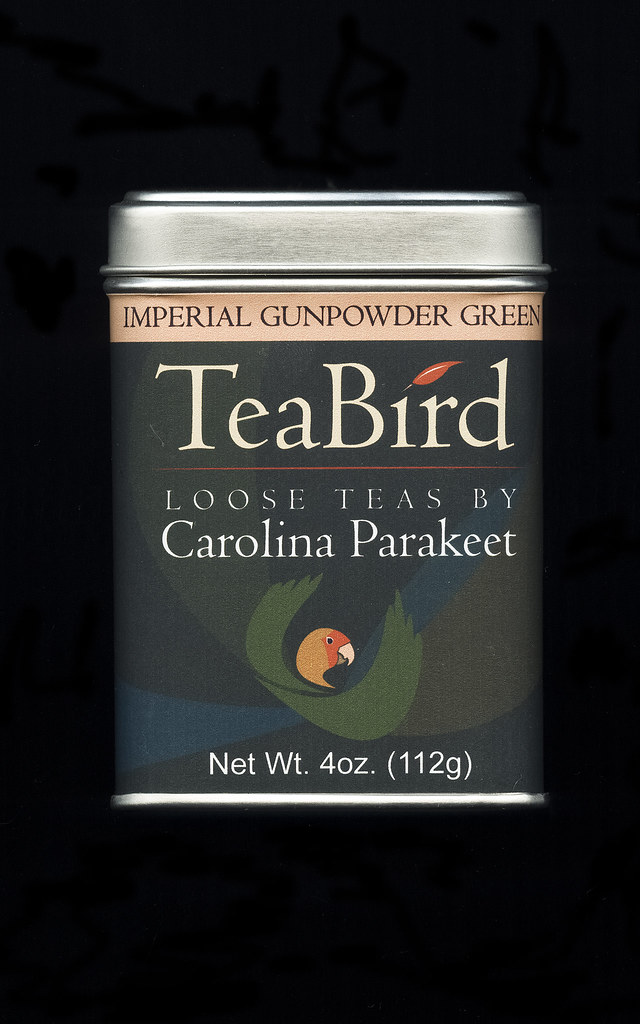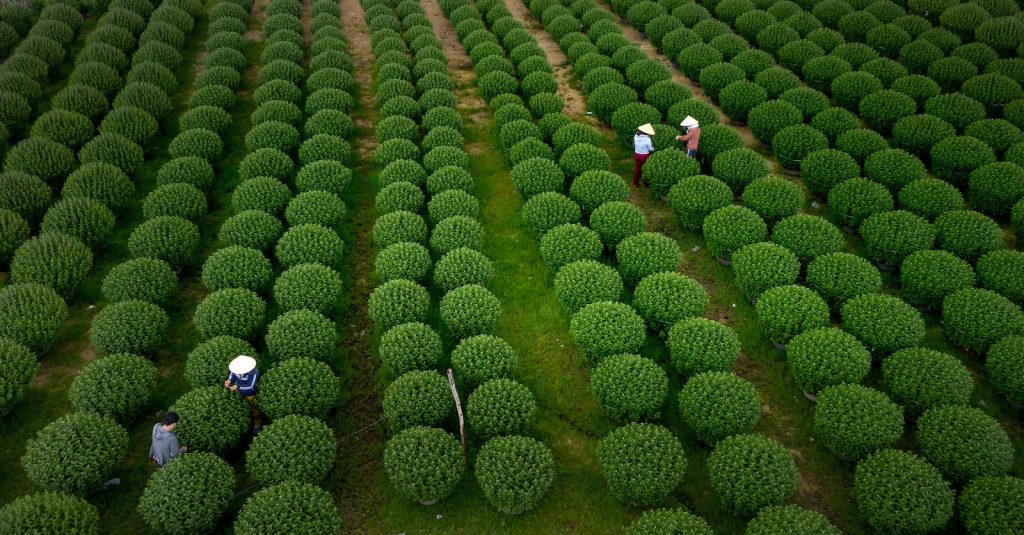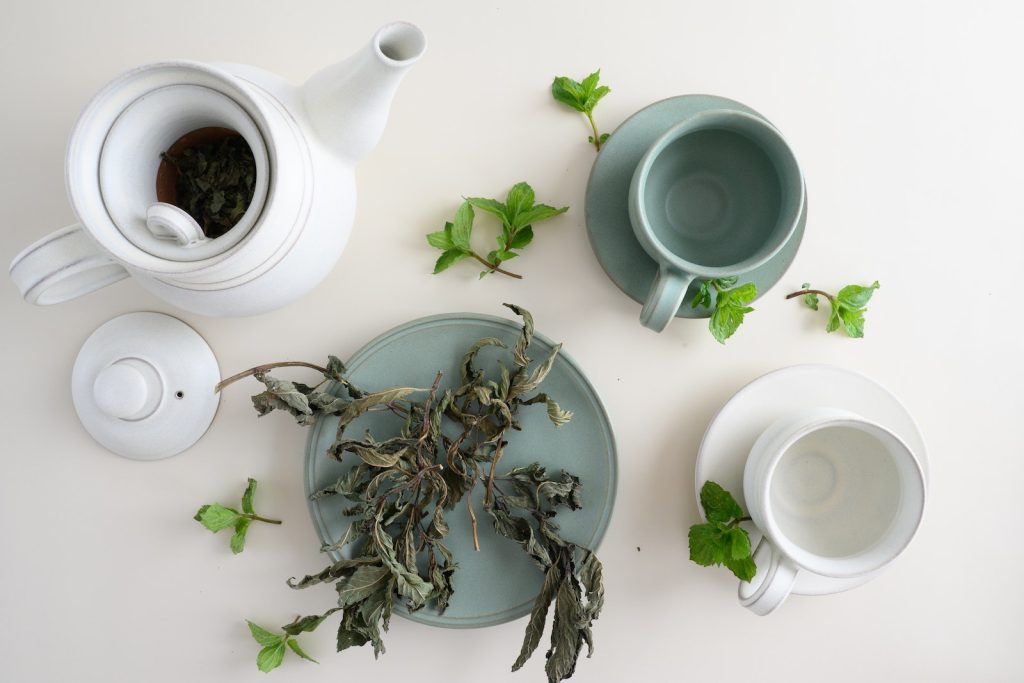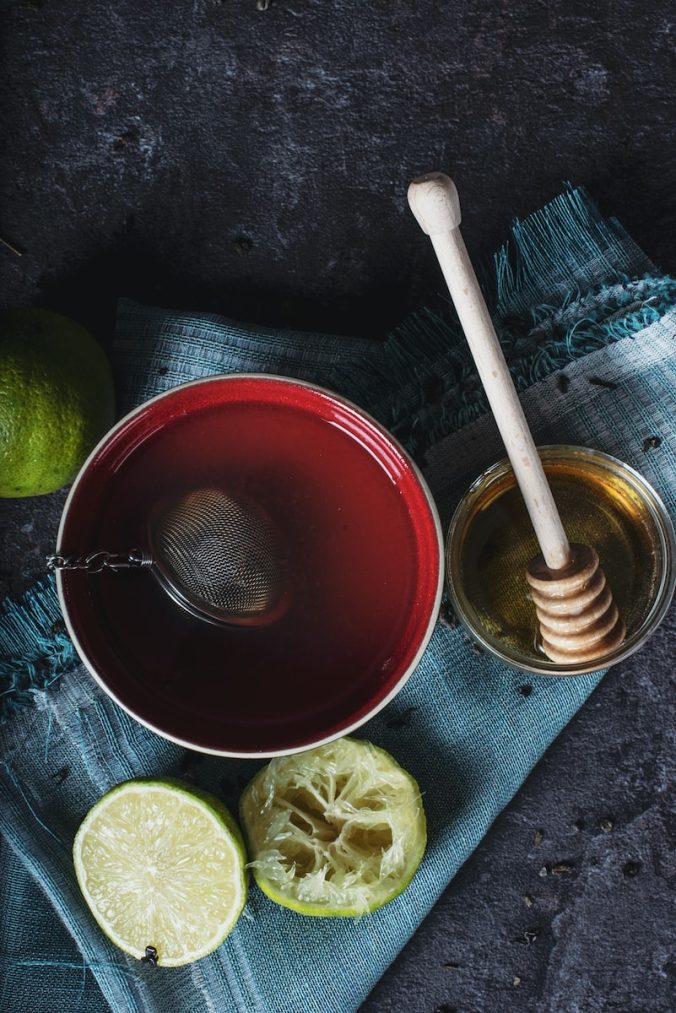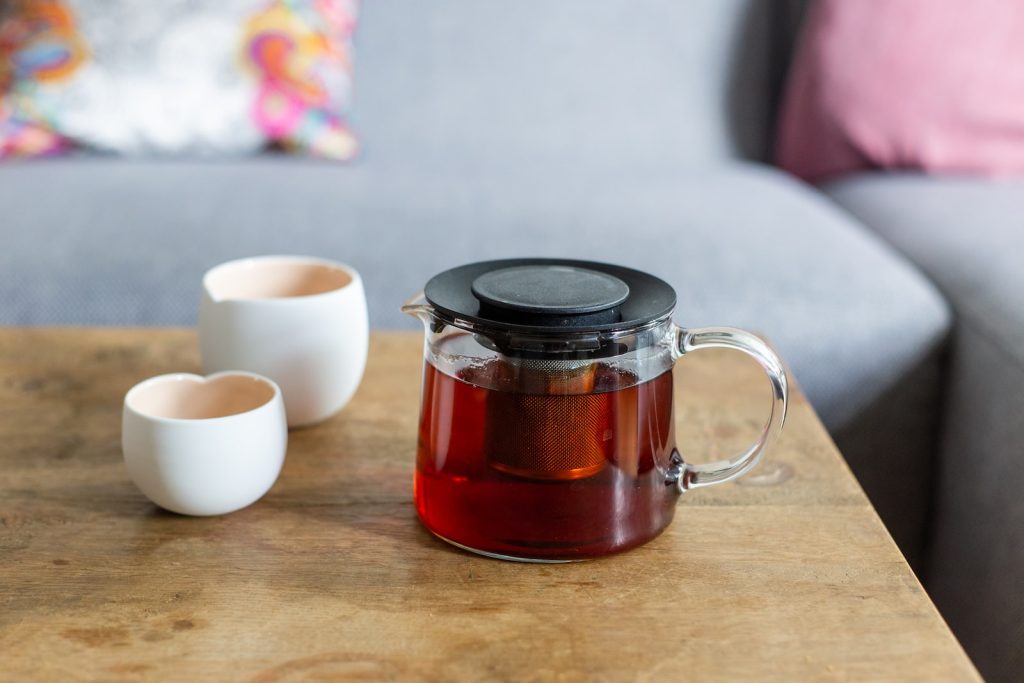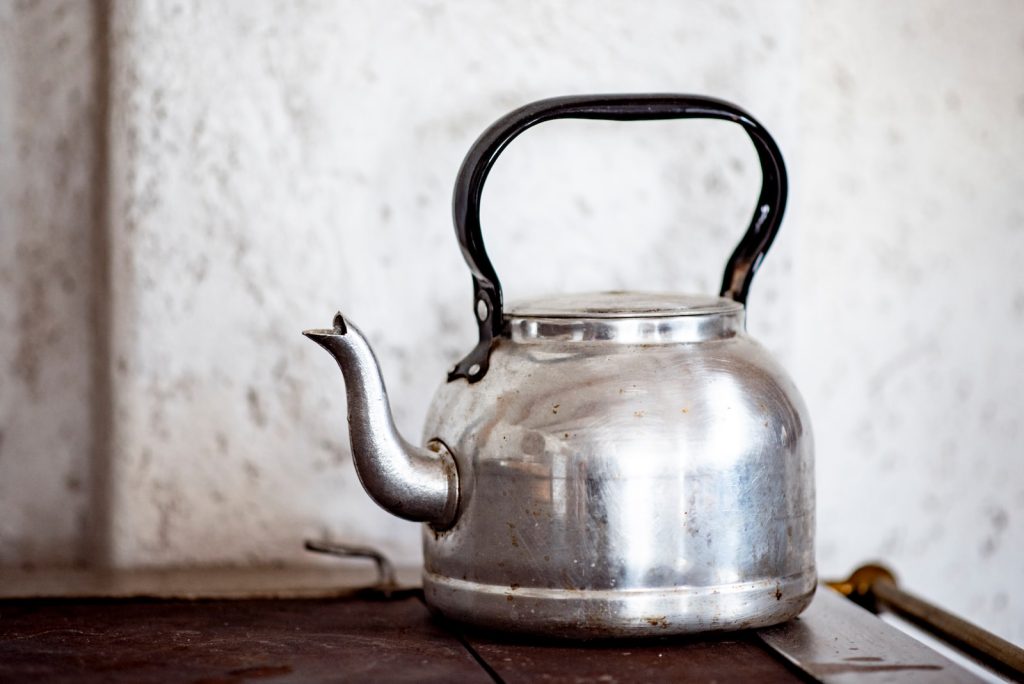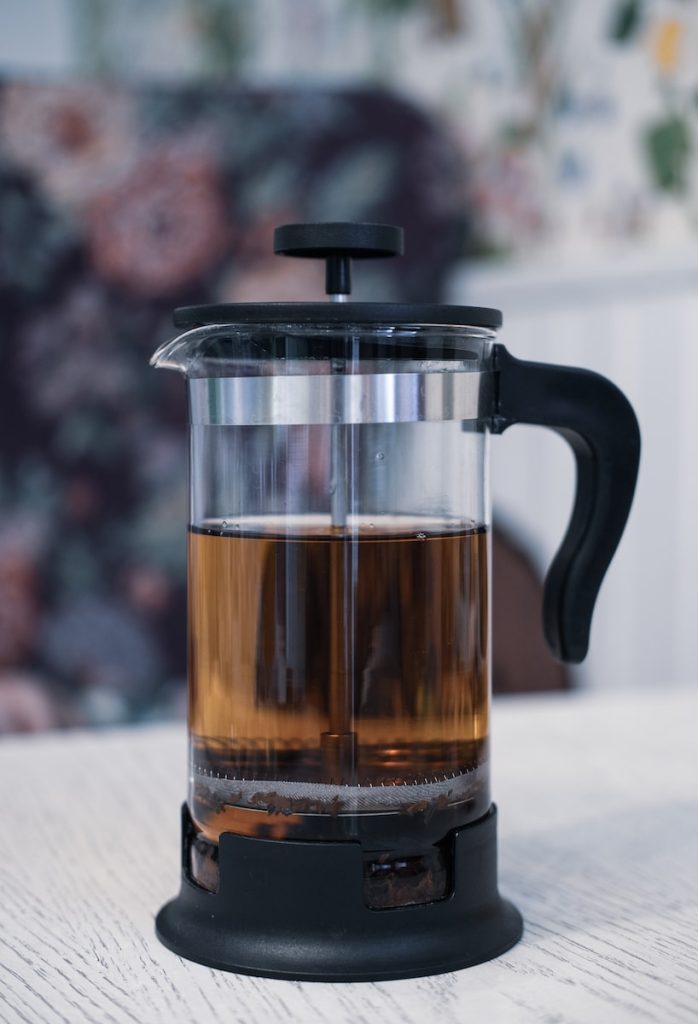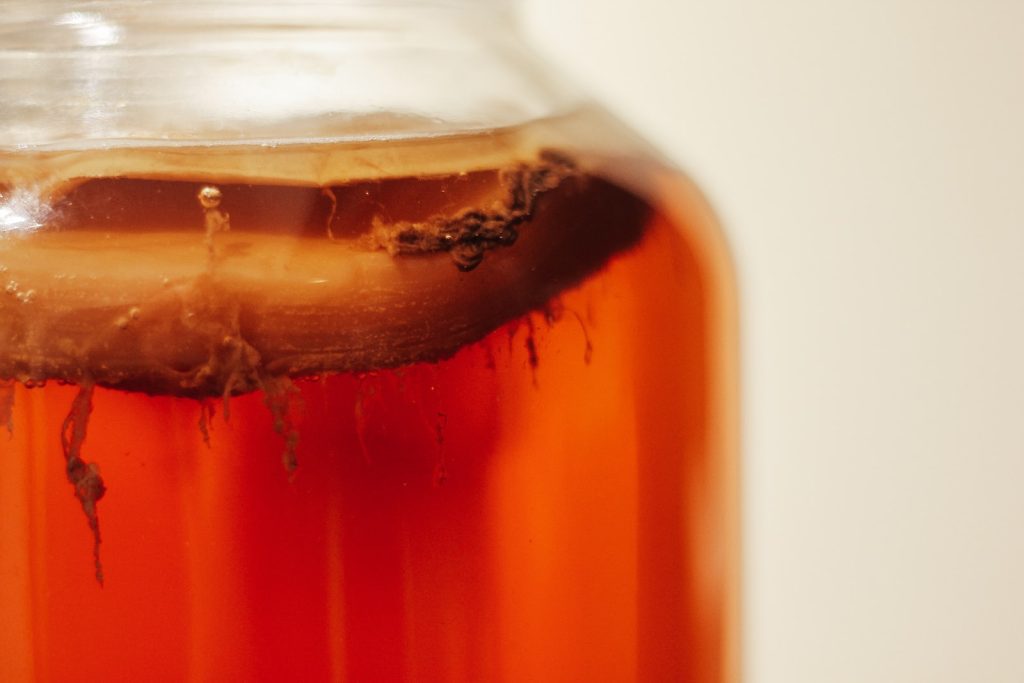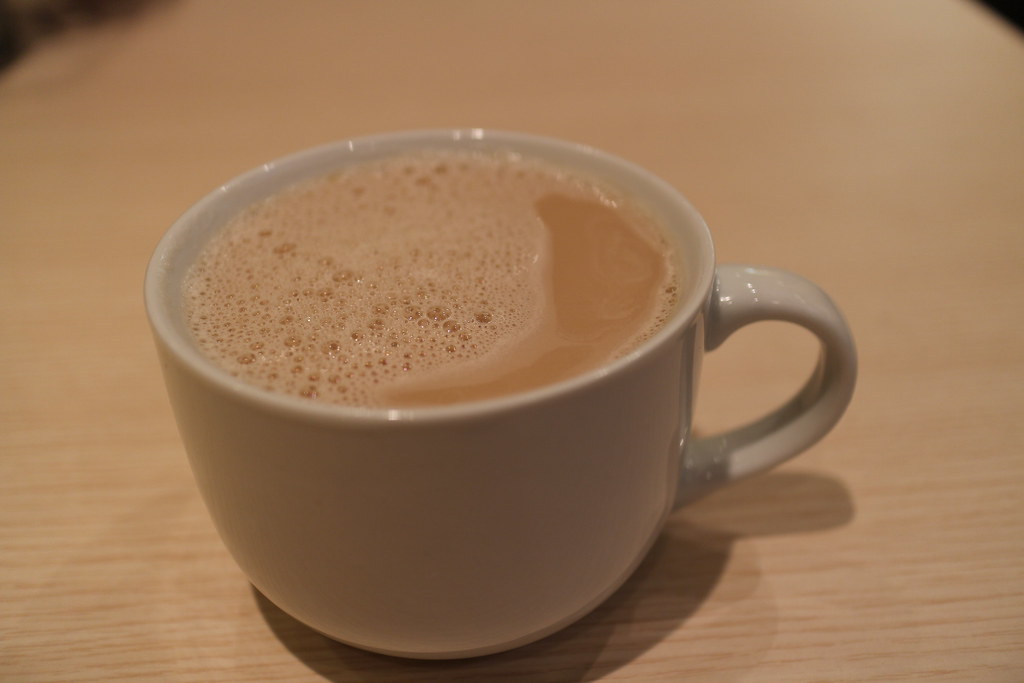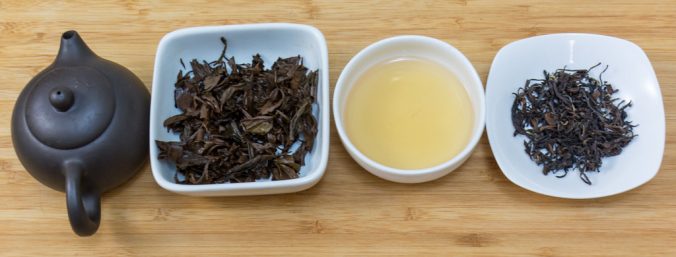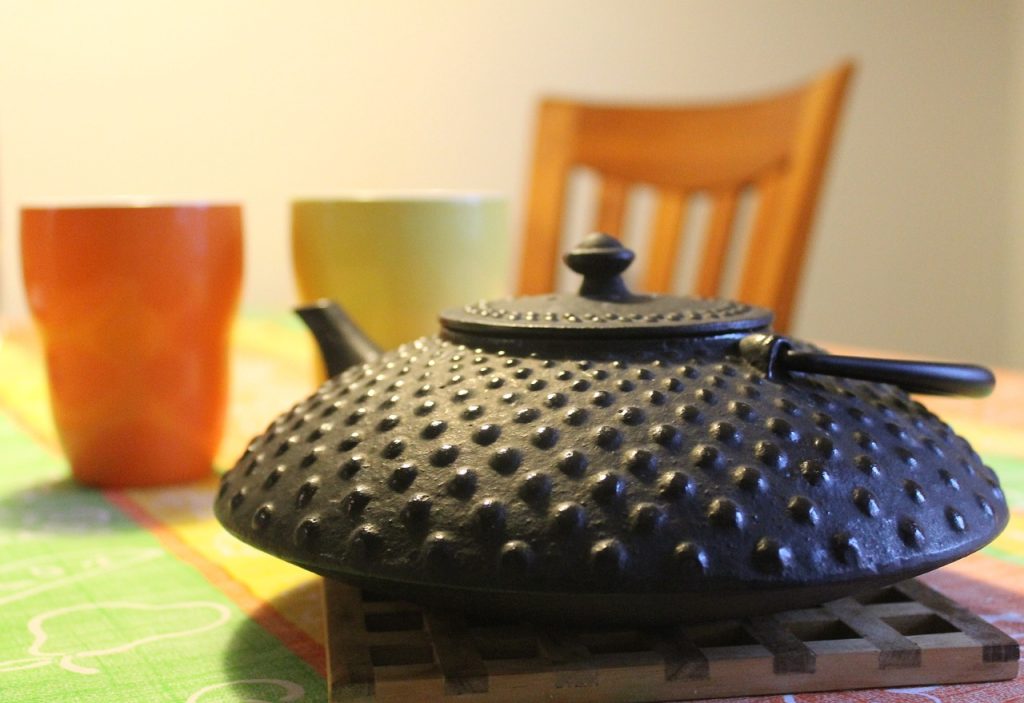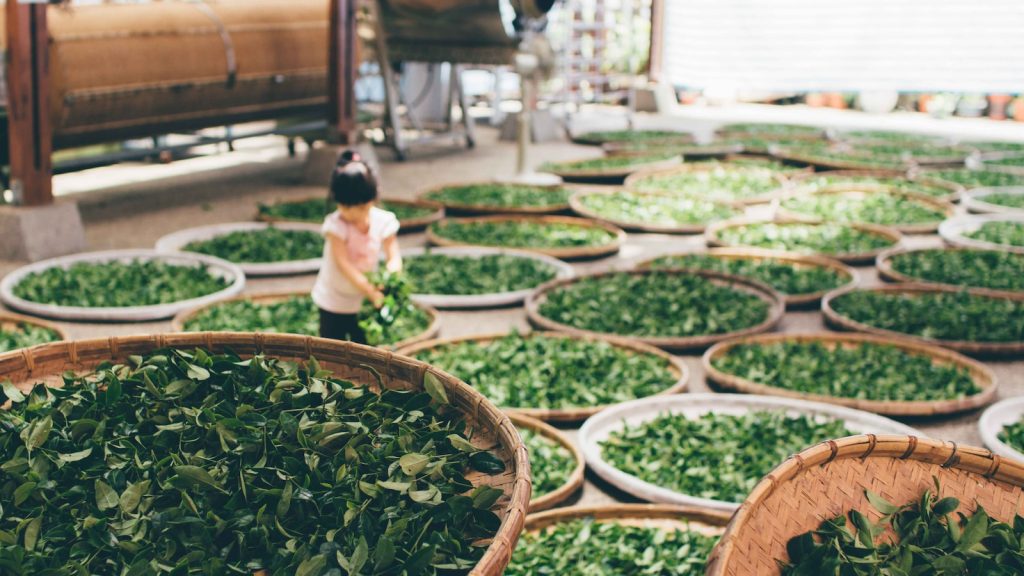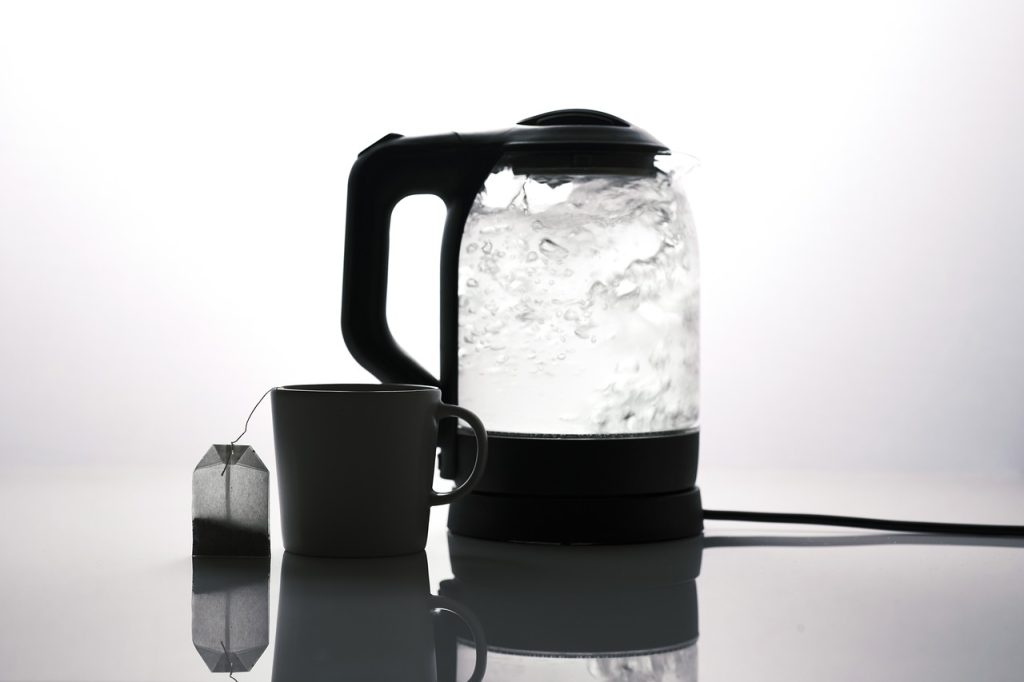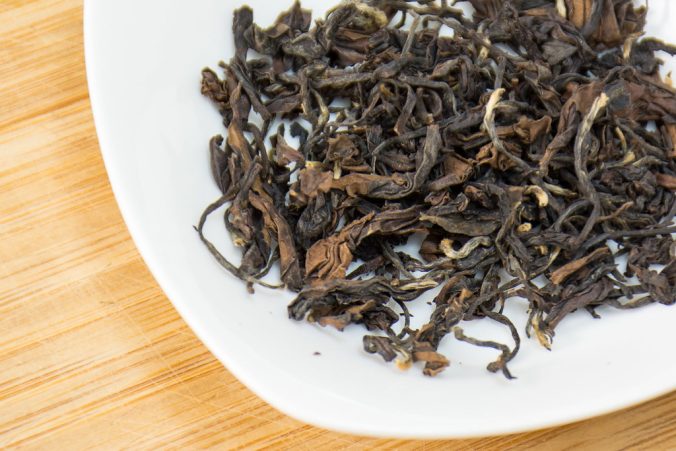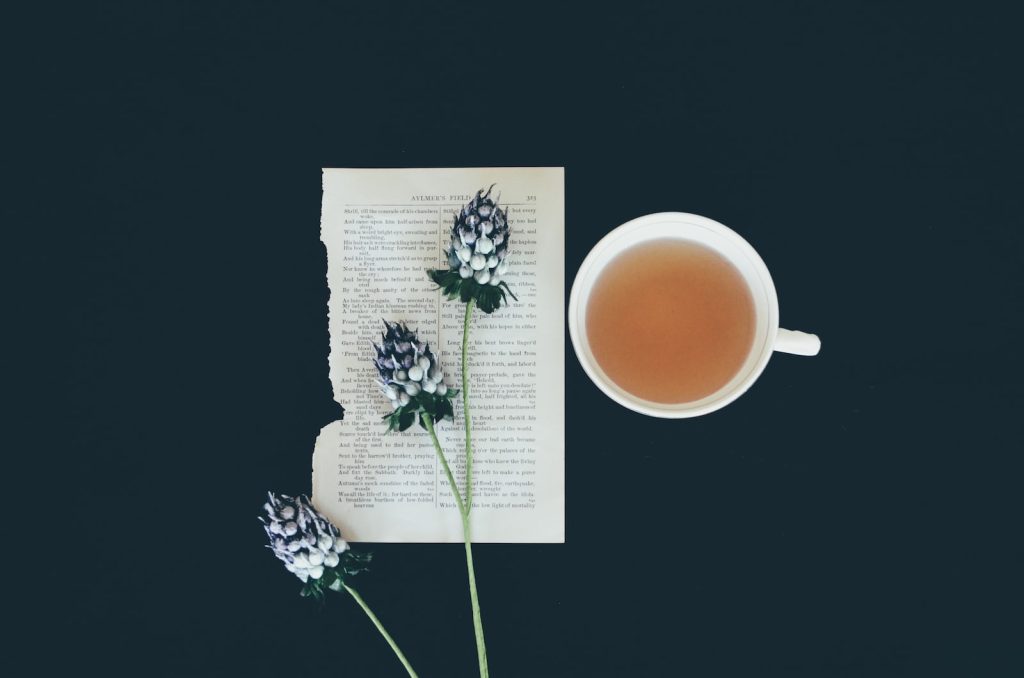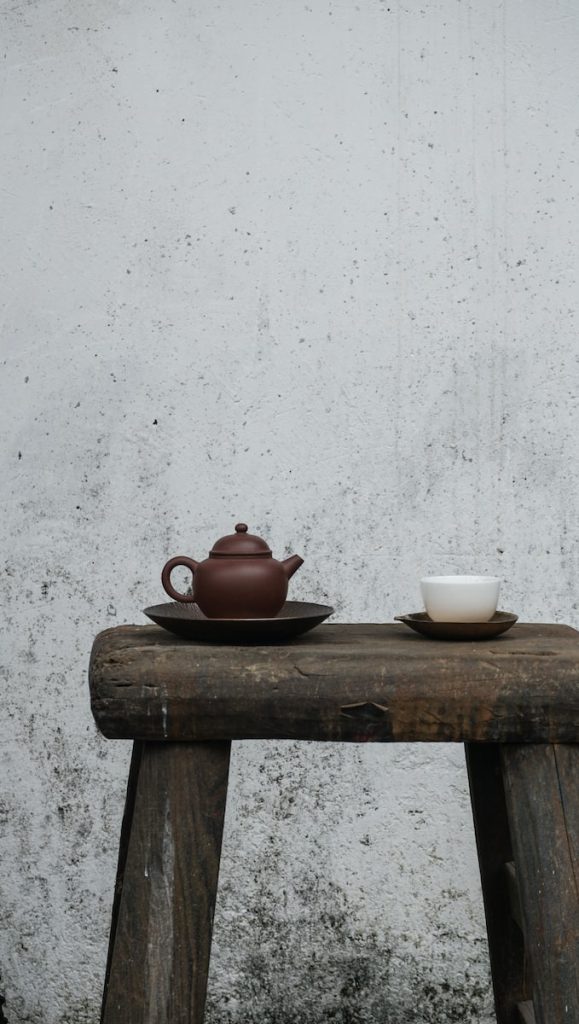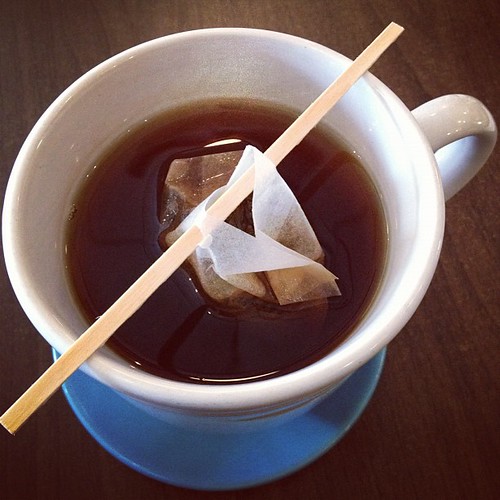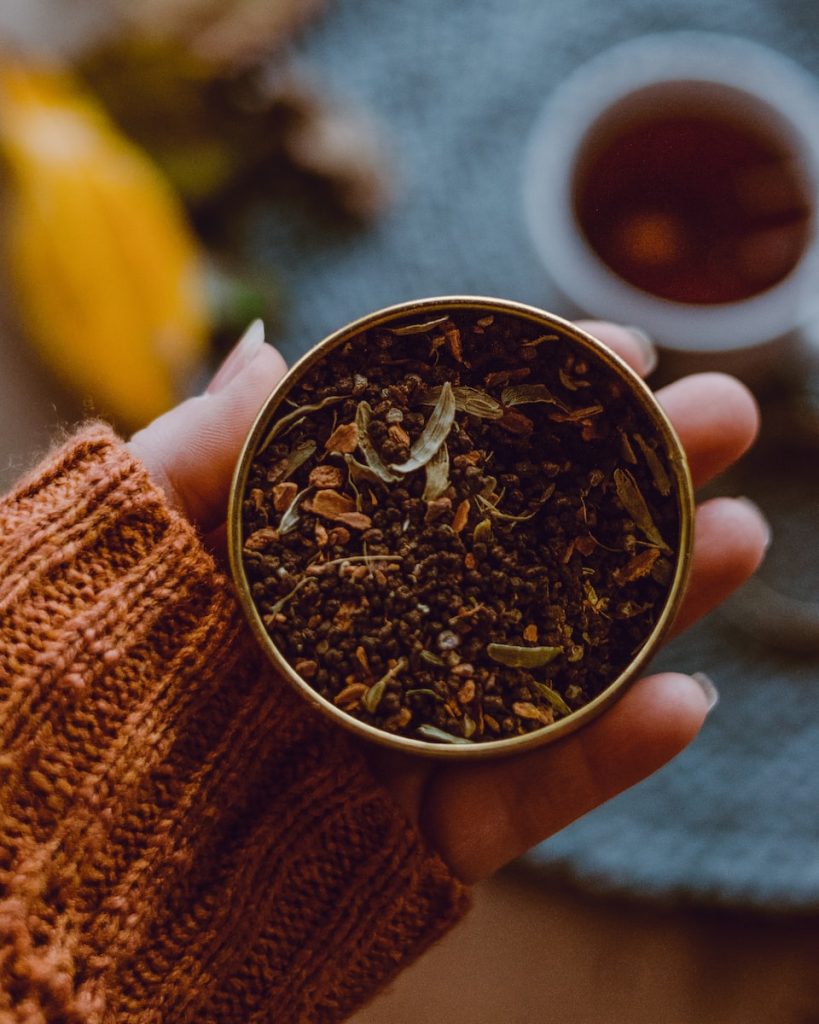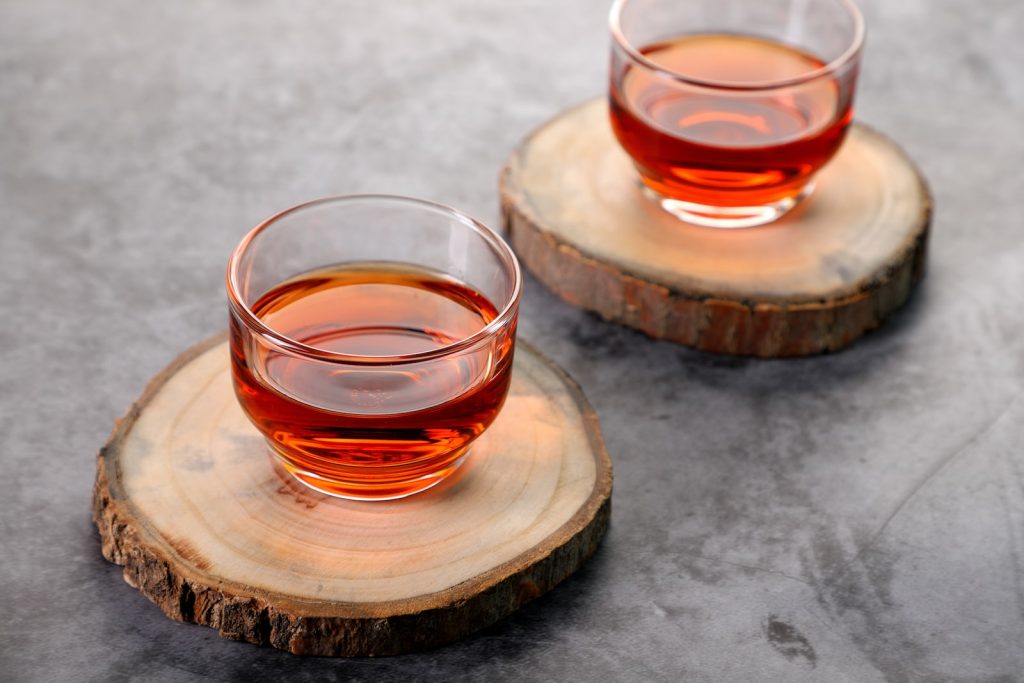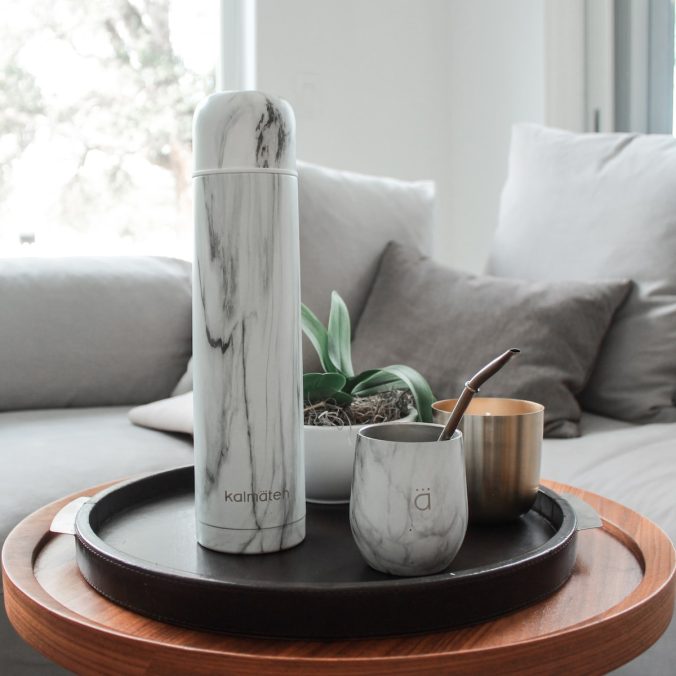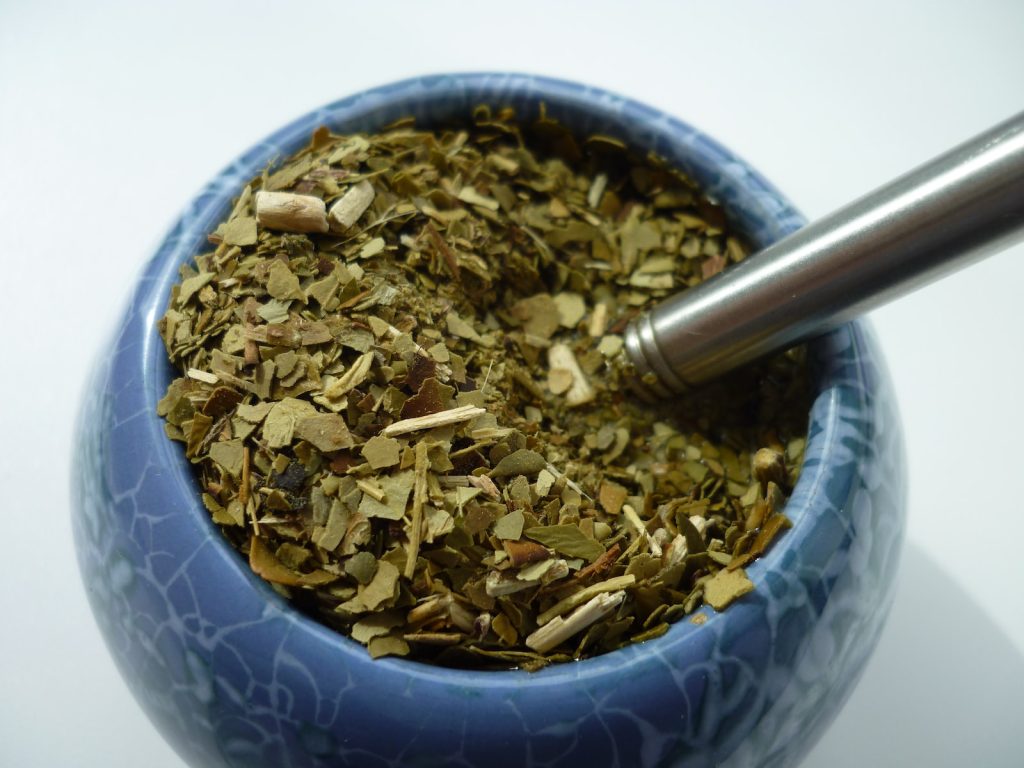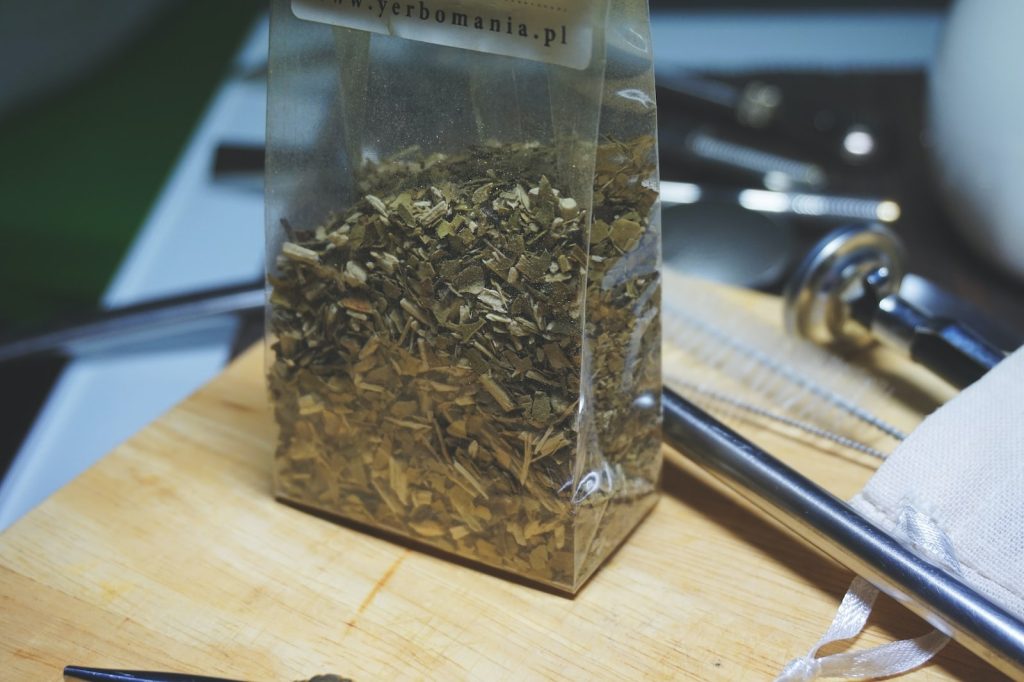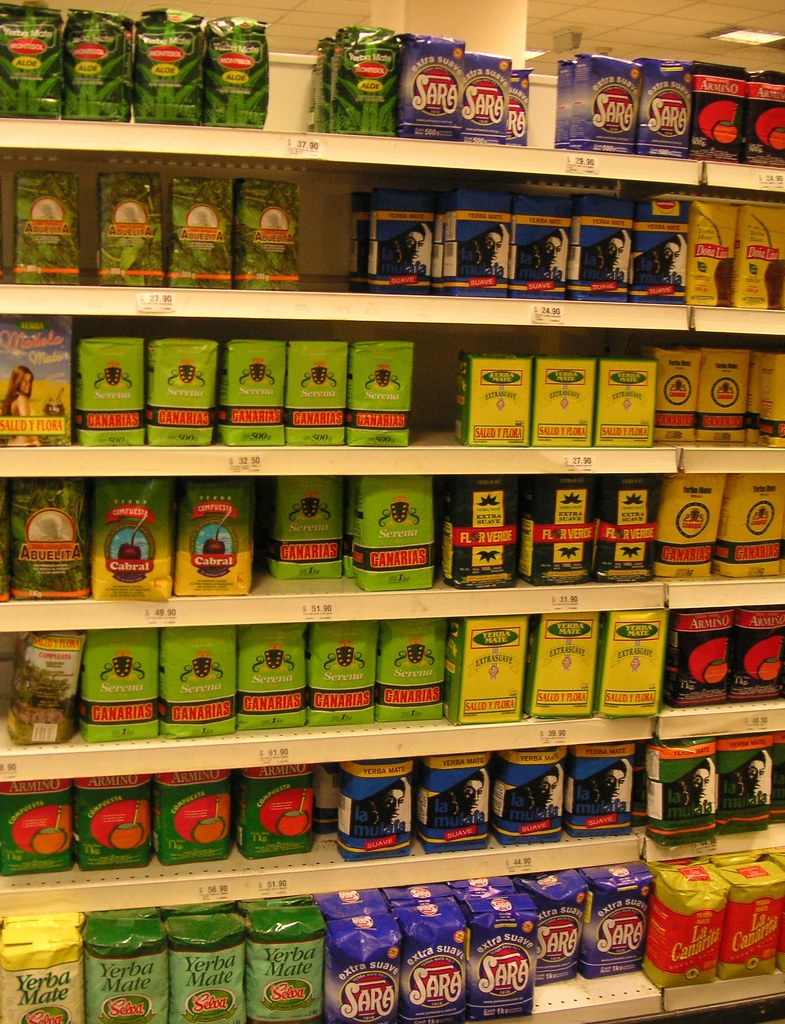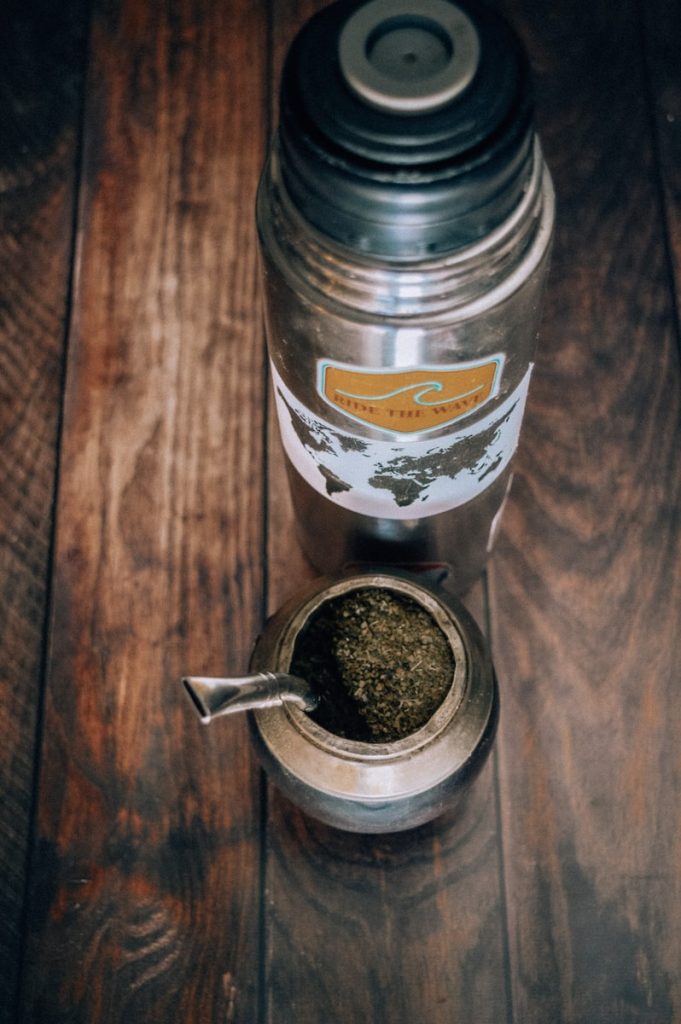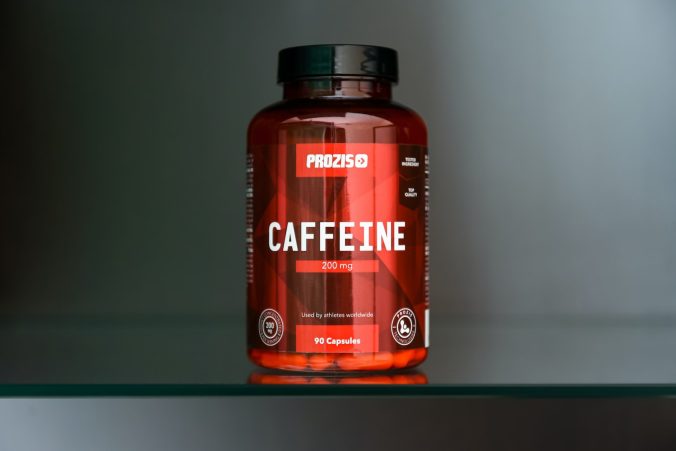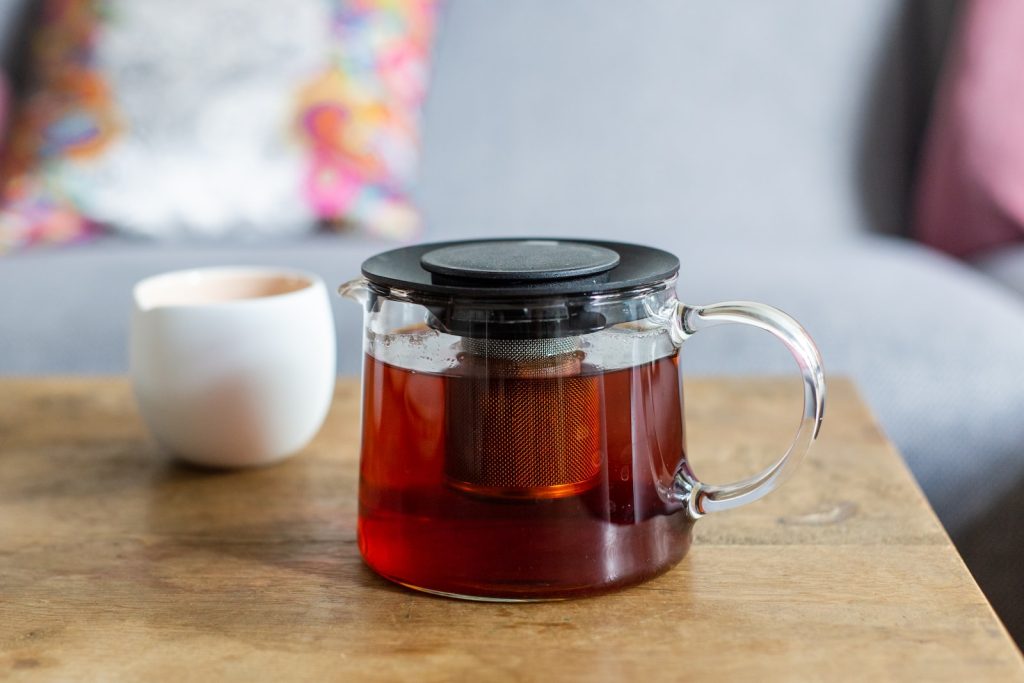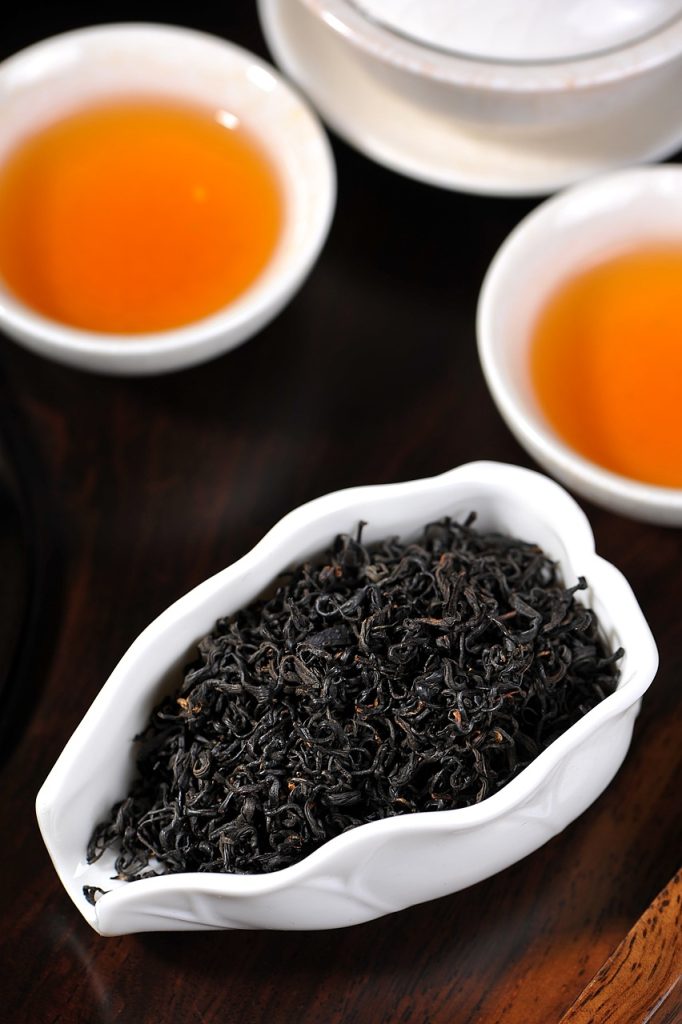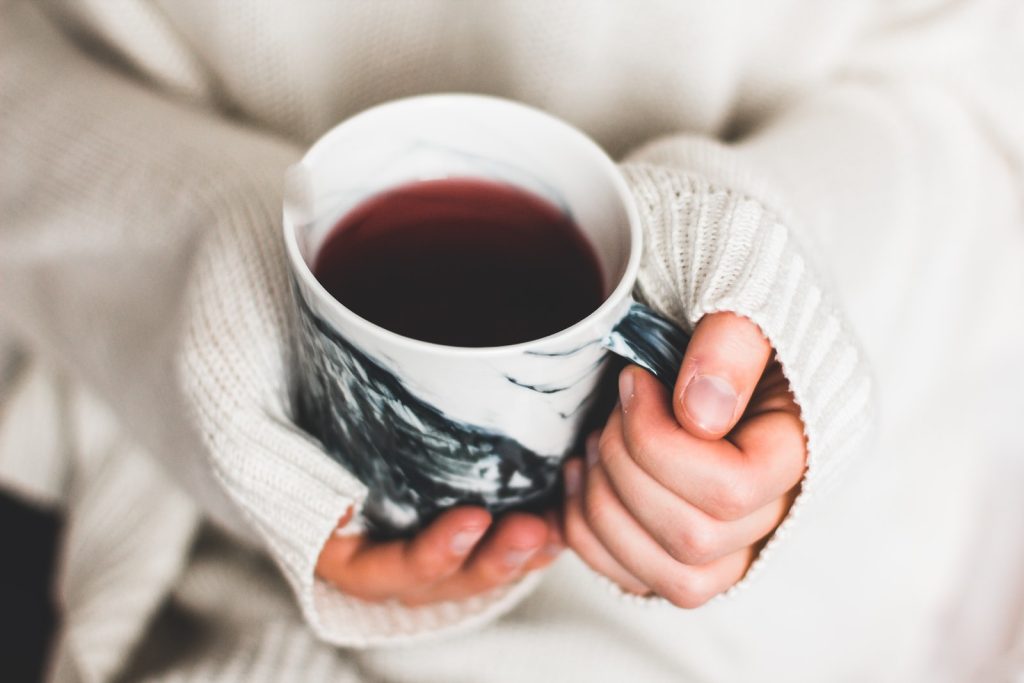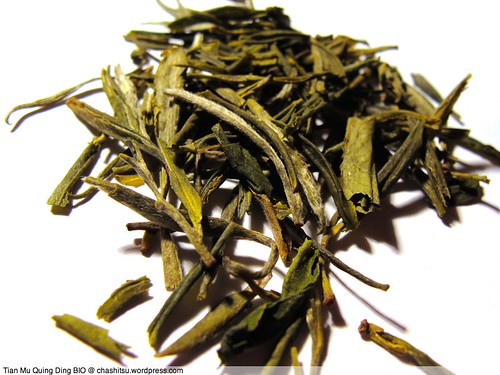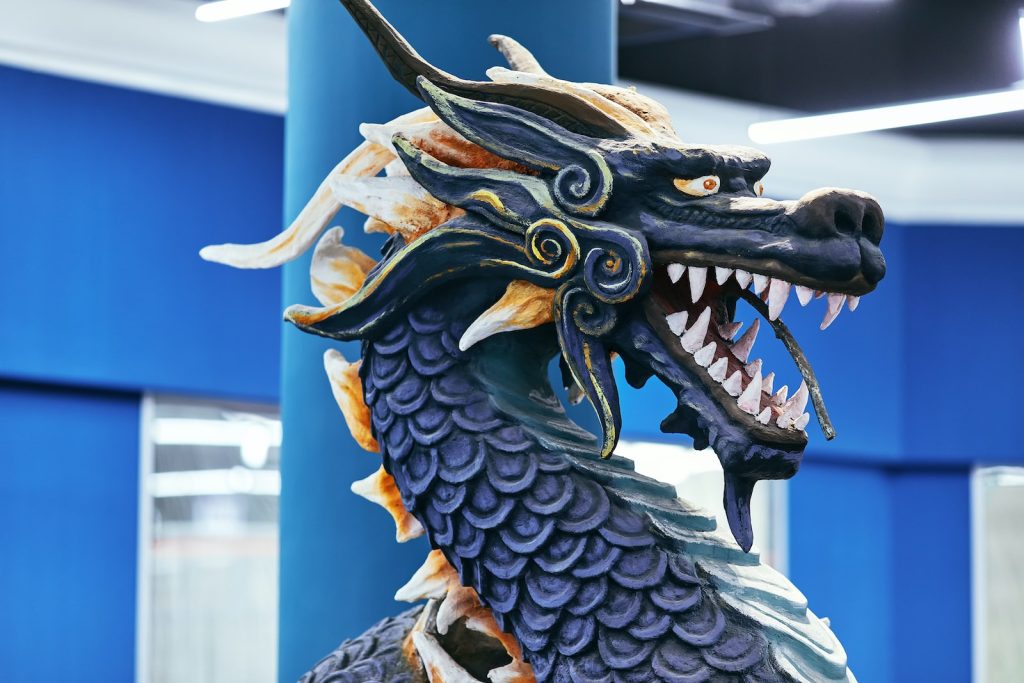Table of Contents
- Introduction How to Brew the Perfect Milk Tea
- Definition of milk tea
- Tools and Ingredients Needed
- Boiling water for the tea base
- Steeping the tea leaves
- Adding Milk to the Tea Base
- Flavoring and sweetening options
- Brewing Temperature Considerations
- Whisking the milk tea mixture
- Different Types Of Milk Teas
- Decoration Ideas and Garnishing Tips
- Storage and Serving Suggestions
- Making Cold or Iced Milk Teas
- Benefits of Drinking Milk Tea
- Potential Health Risks of Consuming Milk Tea
- Variations Across Cultures
- Frequently Asked Questions about Milke Tea
- Is There A Difference Between Cold And Iced Milk Tea?
- Is There A Difference Between Bubble Tea And Regular Milk Tea?
- Conclusion to our Milke Tea guide
Introduction How to Brew the Perfect Milk Tea
Brewing the perfect cup of milk tea is both an art and a science. Tea brewing experts know that it takes more than just throwing some teabags in a pot to make something truly special. There are certain techniques that must be used and specific ingredients that need to be sourced for the best flavor profile. In this article, I’m going to share my top tips on how to brew the perfect cup of milk tea every time, so you can enjoy your favorite beverage with confidence, knowing it was made with love!
Let’s start by talking about sourcing quality ingredients. You want to look for high-grade Chinese or Indian black tea leaves if possible; these will give you an intense flavor without any bitterness. Then, when it comes down to choosing the right dairy product, there’s no better option than full-cream milk; anything else won’t deliver the same level of creaminess. Finally, opt for organic sugar whenever you can; its sweetness complements the taste of tea perfectly.
Once all your ingredients are ready, let’s move onto actually making your delicious drink! My advice is simple: follow each step carefully and don’t rush things; take your time and savor the process as much as possible. This way, you’ll end up with a cup of creamy goodness like never before!
Definition of milk tea
Milk tea is a classic beverage from East Asia. It’s made with black tea, milk, and sugar or honey. The origins of this drink can be traced back to the colonial period in 19th-century India, where it was popularized among British colonists. Since then, its popularity has spread throughout East Asia and Europe. Milk tea carries different names depending on the region; for example, the Chinese call it ‘bubble tea’, while the Taiwanese refer to it as ‘pearl tea’.
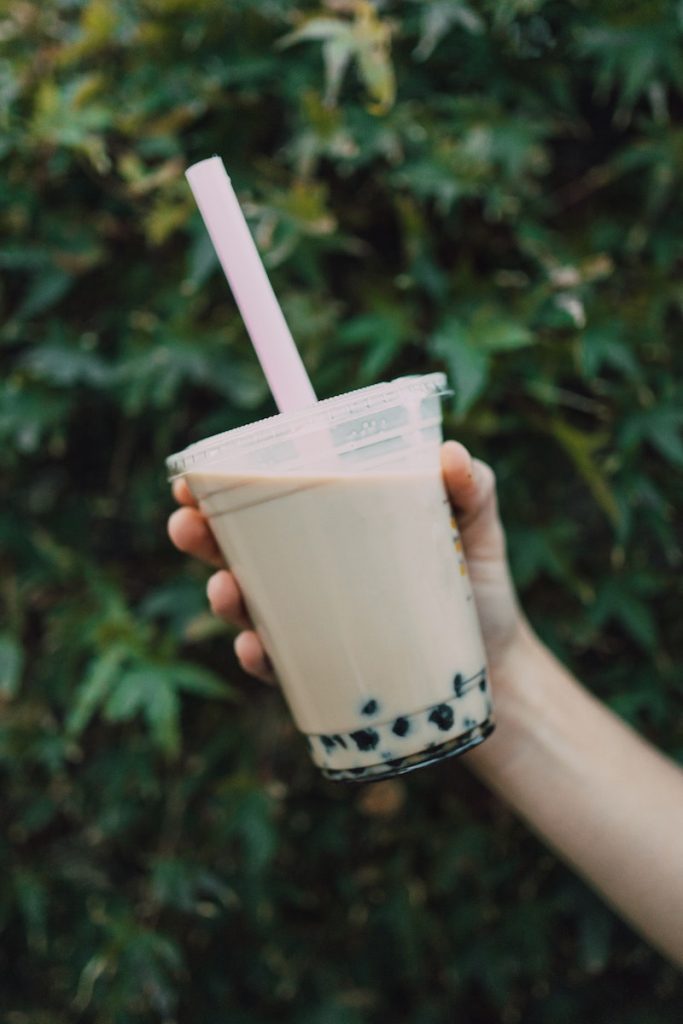
The ingredients used vary across cultures but usually contain brewed black tea leaves, condensed or evaporated milk, and a sweetener like simple syrup or honey. Tea bags may also be employed instead of loose-leaf teas when brewing. For additional flavorings, spices such as cardamom are often added to the mix. Furthermore, modern variations of this traditional recipe include additions such as tapioca pearls, which give the beverage a unique texture and appearance.
No matter what form it takes—hot or cold—there’s no denying that milk tea continues to bring joy to people all over the world!
Tools and Ingredients Needed
Now that you understand what milk tea is, it’s time to learn about the tools and ingredients needed for brewing the perfect cup. Brewing a delicious milk tea requires certain supplies, which can vary depending on your recipe of choice.
To get started, you’ll need some basic tea-brewing tools, such as a teapot or an electric kettle. Additionally, if making bubble tea, you may want to invest in a special shaker cup with a built-in strainer to ensure the smooth texture of the finished product. You will also need loose leaf tea from reputable brands like Dilmah or Twinings; these are essential for giving your milk tea its unique flavor profile.
Finally, when choosing milk tea ingredients, select high-quality products such as organic matcha powder or whole fat coconut milk. Once all your materials have been prepared according to specific recipes and methods, it’s time to start putting together the ultimate cup of creamy goodness!
Boiling water for the tea base
Brewing the perfect milk tea starts with boiling water. To ensure that your tea base is prepared correctly, it’s important to follow these instructions closely. First and foremost, safety should be a priority when working with boiling water. It’s essential to use caution when handling hot kettles or pots of water.
The temperature for boiling water depends on what kind of tea you’re making, such as green, black, or oolong teas, but generally speaking, 212°F (100°C) is ideal for most varieties. Keep in mind that if you boil the water too quickly, this can affect its flavor negatively, so take your time and bring it up gradually to the desired temperature.
The time needed to boil the water will depend on how much you need and which method you choose; an electric kettle, stovetop, or microwave oven all have different parameters. Electric kettles are often the quickest option since they heat up very quickly, and there are some models specifically designed for brewing tea. Stovetop methods require more patience due to slower heating times but provide greater control over the process. Microwave ovens offer convenience but also come with their own set of limitations depending on their wattage power output and the size of the container used.
Whichever method you go with, following these guidelines will help make sure that your tea base is brewed perfectly every time!
Steeping the tea leaves
Now that the water is boiling, it’s time to steep the tea leaves for a perfect milk tea infusion. The steeping process allows flavors and aromas from the tea leaves to infuse into the hot liquid. Depending on what type of tea you are using (tea bags or loose leaf), there will be different techniques involved in this step.
For those who use tea bags, simply add two teabags directly into the boiled water and let them sit for 3 minutes before removing them. This should provide enough flavor and color to create a delicious cup of milk tea.
If you choose to use loose-leaf tea, then you’ll need an extra piece of equipment: an infuser like a teapot or mesh basket or ball. Place your desired amount of loose-leaf tea into the infuser and submerge it in the boiling water for 2–5 minutes, depending on how strong you’d like your brew to be—the longer you steep your leaves, the stronger it will taste. If desired, adjust the steeping time accordingly for lighter or more potent cups of milk tea! Once done with this process, remove the infuser from the pot for optimal results.
Making sure not to oversteep your tea leaves is key; doing so can easily lead to bitterness or astringency due to the tannins being released from too much contact with heated water. So make sure to follow these guidelines when making your own cup of flavorful milk tea!
Adding Milk to the Tea Base
Once you’ve got your tea base ready to go, it’s time to add the milk. Some people enjoy drinking their milk teas without any added milk at all, but for the classic flavor of a smooth and creamy cup of tea, adding just the right amount of milk is key. Fortunately, this part can be as easy or as complicated as you’d like!
First things first: boiling water. You’ll need to heat up some water on the stovetop in order to steep your tea leaves, whether you’re using loose leaf or full-leaf bags; this will give your tea its signature aroma and taste. Once your water is steaming hot, pour it into your mug and add two teaspoons of either black or green tea leaves (depending on which kind of tea you are brewing). Steep for three minutes before straining out the leaves with a sieve or spoon. Now comes the tricky part—adding the milk!
Depending on how much creaminess you desire, opt for whole milk or oat, almond, or soy milks instead. Adding too much can overpower the flavor of your original blend, so start small—one tablespoon should do the trick. If desired, experiment with different flavors such as honey, ginger syrup, syrups, etc. by simply stirring them into the warm mixture until fully combined. Keep tasting until you find a combination that works best for you!
With these tips in mind, now’s your chance to brew an exquisite cup of deliciousness every single time!
Flavoring and sweetening options
Once you’ve brewed the tea and warmed up the milk, it’s time to think about flavoring and sweetening your perfect glass of milk tea. The type of natural sweetener or sugar substitute used will depend on personal preference. Honey syrup is a popular choice for those who want something sweeter than just plain white sugar. If using flavored syrups, bear in mind that these will likely contain artificial ingredients and thus won’t be as healthy as opting for an all-natural option. Tea-infused sugars are also worth considering if you’re looking for a creative way to add sweetness without compromising on flavor.
Finally, don’t forget to taste test before serving your creation! This is so important because too much sweetness can overpower a delicate cup of tea, while not enough might make it seem dull and unappealing. Either way, no one wants a drink that isn’t enjoyable! With some practice and experimentation with different flavors, you’ll soon find yourself brewing the perfect cup of milk tea every single time.
Brewing Temperature Considerations
When it comes to brewing the perfect milk tea, temperature is a key factor. Temperature helps to bring out the flavor of your tea and ensure that all components are balanced in taste. That’s why controlling the brewing temperature is essential for creating an optimal cup of milk tea.
The ideal starting point for any type of brewed tea, including milk tea, is boiling water at 212°F (100°C). This temperature ensures that you extract as much flavor from your teabags or loose leaves as possible without burning them. Once the water reaches its boiling point, it should be cooled down slightly before adding your choice of tea; this will help prevent over-brewing and potential bitterness in the resulting drink. As a general rule, black teas should steep between 195 and 205°F (90 and 96°C), while oolong and green teas require lower temperatures around 175 and 185°F (79 and 85°C).
After the steeping time has elapsed, add hot or cold milk, depending on your preference. If using hot milk, make sure not to exceed 180°F (82°C) so that it doesn’t scald; if using cold milk, cool down your brew by stirring until the desired drinking temperature is achieved. And there you have it! With careful attention paid to brewing temperatures throughout the process, you can enjoy a perfectly balanced cup of delicious homemade milk tea every time.
Whisking the milk tea mixture
Whisking the milk tea mixture is an essential part of brewing the perfect cup. The whisking technique creates a smoother blend, which allows for even stirring and ultimately a more uniform bubble formation when heated. It’s important to maintain a steady circular motion while whisking the liquid until it becomes fully emulsified and creamy. This process helps create an ideal texture that will be necessary for making tea froth during the next step in the brewing process.
In addition, you should make sure not to over-whisk, or else you’ll end up with too many bubbles in your finished product. To avoid this issue, use light strokes with just enough force to mix all ingredients together without creating excess air pockets within the mixture itself.
For best results, take your time when whisking and pay attention to how the liquids move as they come into contact with each other throughout the stirring process. Doing so can help ensure that you get a perfectly textured brew every single time!
Different Types Of Milk Teas
When it comes to milk teas, there’s a lot of variety to choose from. Bubble tea is an Asian-style beverage that consists of black or green tea with tapioca pearls added to the mix. The tapioca gives the drink a chewy texture and an interesting flavor. Taro milk tea is also very popular; made from taro root powder, this variation has a naturally sweet taste and thick consistency. Thai milk tea is another unique choice; this style tends to be more fragrant than other types due to its additional spices such as cardamom, star anise, cloves, and cinnamon. Lastly, chai milk tea is known for being creamy and spiced up with various extracts like vanilla or ginger. All these different flavors provide any aficionado with plenty of choices!
Milk teas are incredibly customizable too—depending on what your preference is, you can adjust how much sugar and creaminess you’d like in each cup. Additionally, all ingredients used are affordable, so anyone could make their own version at home without breaking the bank. For those who love experimenting with beverages and trying new combinations, it’s easy to create something truly special with just a few simple tweaks here and there. Milk teas offer a delicious way for everyone to enjoy some quality time together while sipping away on something tasty and refreshing!
Decoration Ideas and Garnishing Tips
Once a tea brew is perfected, it’s time to make the beverage look aesthetically pleasing. Decorative straws are a great way to add some flair and fun. Edible flowers can be added as an elegant garnish. If you want something more colorful and fruity, adding fruit slices or bubble toppings will do the trick! To really bring out the complexity of flavors in your milk tea, sprinkle some dried tea leaves on top for that perfect finishing touch.
In short, decorating and garnishing your milk tea with these items makes it much more enjoyable to drink — both visually and taste-wise. Try different combinations of decorative elements until you find one you like best! With this knowledge under your belt, you can now confidently brew delicious drinks that not only taste amazing but also look stunning.
Storage and Serving Suggestions
Storing milk tea correctly is essential to preserving its flavor and texture. When properly stored in airtight containers, it can last for up to two weeks at room temperature. For a longer shelf life, you should store your milk tea in the refrigerator; it will keep for several months when refrigerated. Make sure that the storage container is completely sealed before storing, and use separate containers for different types of tea, such as black or green teas.
When serving milk tea, be mindful of how long it has been stored and what type of container was used. Milk tea should always be served cold or at least cooled down before consumption; if you have left it out on a hot day, then throw away any remaining contents due to potential spoilage. Use appropriate temperature control measures to ensure that your milk tea stays fresh and flavorful while also avoiding food waste.
It’s important not to underestimate the importance of proper storage techniques when brewing the perfect cup of milk tea! Utilizing these tips can help extend the shelf life and ensure that your brew remains delicious every time you enjoy it!
Making Cold or Iced Milk Teas
Making cold or iced milk tea is a great way to enjoy your favorite beverage on hot days. To make a delicious, refreshing cold brew tea, start by brewing the desired amount of tea leaves with boiling water and cooking it for the recommended time period. Once done, let the brewed tea cool down until it reaches room temperature before adding any other ingredients. You can also use cold-brewed tea for making iced teas; simply add sugar, syrup, condensed milk, or cream to sweeten and flavor as you like. If you don’t have enough patience to wait for your freshly brewed tea to cool naturally, there are some methods that will help speed up the cooling process without compromising its quality: placing it in an ice bath or using an immersion blender are two common techniques used by professional baristas. Lastly, if you want something more than just plain iced tea, try out one of the many creative recipes available online, from classic Thai Iced Tea to Milk Tea Slushies and Bubble Tea Smoothies—everyone can find their own perfect blend!
Benefits of Drinking Milk Tea
The benefits of drinking milk tea are many. Milk tea contains just the right amount of caffeine to give you a boost without being too strong or jittery-inducing. It has also been found that, due to its creamy texture and added sweetness, milk tea is an excellent way to get your daily dose of antioxidants from tea. Not only does this mean that you’re getting all the health benefits associated with green teas, but you’re doing it in a delicious way!
Plus, depending on the type of milk used in your recipe, there can be additional nutrition value as well. For instance, if one uses coconut milk instead of cow’s milk, they’ll benefit from adding nutrients such as magnesium and potassium to their beverage. Furthermore, if almond or oat milk is chosen, then vitamin A and E will also be included in each cup consumed.
In short, when brewed correctly, milk tea offers a range of healthy advantages for those partaking in its delightful flavor. By taking advantage of both the beneficial properties found in the tea leaves and opting for alternative milks where possible, one can enjoy not only a tasty refreshment but also reap some nutritional rewards too!
Potential Health Risks of Consuming Milk Tea
Having discussed the many benefits of drinking milk tea, it is also important to consider the potential health risks associated with consuming this popular beverage. While milk tea can be enjoyed without major concern for your well-being, there are certain factors that should always be taken into account when deciding whether or not to include it in your diet.
The most obvious risk that comes from drinking milk tea is its high sugar content. Milk teas often contain more than 40g of sugar per serving and may even exceed recommended daily allowances depending on how much you drink. Consuming too much sugar can lead to serious health issues such as obesity, diabetes, and heart disease. It’s best to opt for a less sweetened version of milk tea if possible or enjoy it in moderation so as not to overdo it on the sweetness factor.
Another thing to watch out for when enjoying milk tea is caffeine consumption, particularly if you’re sensitive to stimulants or have any underlying medical conditions that might make caffeine dangerous to consume. As a general rule, avoid having multiple cups of milk tea throughout the day and try limiting yourself to one cup each day instead. Additionally, check labels carefully before purchasing pre-made bottled versions of milk tea since they tend to have higher amounts of caffeine compared to freshly prepared drinks made at home or in cafés.
It’s critical then, when consuming milk tea (or any other caffeinated beverage), that you pay attention both to what type and quantity you’re drinking in order to stay safe and healthy in the long run. Keep an eye out for ingredients like artificial sugars and flavors that could potentially cause adverse reactions; ultimately, these choices come down to personal preference and should be respected accordingly by everyone involved!
Variations Across Cultures
Brewing the perfect milk tea can vary greatly across cultures. In Chinese style, a black base tea such as oolong is used and topped with sweetened condensed milk or cream. Indian-style calls for a blend of cardamom and chai spices, along with full-fat milk and robust black teas like Assam. Taiwanese-style tea uses high-quality green teas that have been brewed longer than normal to create a more subtle flavor. Korean-style involves adding coffee powder to the mix for an added kick of caffeine, combined with creamy toppings like soybean powder or taro paste. Japanese-style has become increasingly popular in recent years due to its light yet flavorful ingredients, including matcha powder and roasted brown rice flour. Ultimately, there are many variations when it comes to brewing the perfect cup of milk tea—experiment until you find your favorite!
Frequently Asked Questions about Milke Tea
Brewing milk tea with alternative milks such as almond, oat, or coconut is a great way to make vegan and dairy-free milk teas. Whether you’re looking for an alternative to the traditional cow’s milk tea or just want something different in your cup, these plant-based options are sure to provide a unique twist on the classic beverage. With a few simple steps, you can easily create delicious almond milk tea, oat milk tea, or coconut milk tea that will satisfy even the most discerning of palates.
When it comes to making these types of beverages, it’s important to start with quality ingredients. Look for high-quality nut milks like almond or cashew and organic oats when brewing vegan milk teas. Coconut cream is also an excellent choice if you’re seeking an extra-creamy texture and flavor. When using any type of plant-based milk, be aware that it won’t froth up quite the same way as regular cow’s milk does; however, this doesn’t mean that your concoction has lost its potential for being delightful!
Using a whisk or hand blender works best when mixing together all ingredients before pouring into cups over ice. The key is getting everything blended well so that there aren’t any lumps or clumps in the final product. After combining all liquids and sweeteners (if desired), adding fresh herbs and spices gives another layer of complexity to each sip. Think lavender sprigs for almond milk tea, cardamom pods for oat milk tea, and cinnamon sticks for coconut milk tea—experiment depending on personal preference!
Creating delicious vegan and dairy-free versions of classic drinks doesn’t have to be complicated—simply choose quality ingredients and blend them together in creative ways according to taste. Whether enjoyed hot or cold, these innovative twists on conventional recipes can bring new life into every mugful!
Brewing the perfect cup of milk tea requires precision and timing. Finding the right steeping time for your tea leaves is essential to unlocking authentic flavor profiles and creating a well-balanced beverage. To get started, it’s important to determine how long you should be steeping your tea leaves in order to create an enjoyable and flavorful cup of milk tea.
The length of time that you steep your tea leaves is determined by several factors, including the type of tea leaves used, the kind of water used, and your personal preference. Generally speaking, black teas are typically brewed with boiling hot water and steeped for about 3 minutes, while green teas require cooler temperatures and slightly less brewing time at around 2 minutes. If you’re looking for a stronger flavor profile or more complexity from your cup of milk tea, then increasing the amount of time that your tea leaves are left to steep can help achieve this goal—just remember not to overdo it!
When brewing a cup of perfect milk tea using alternative milks such as almond, oat, or coconut, it’s important to consider how much longer these types of non-dairy milks take to heat up compared to regular dairy milks. You may need to adjust the steeping times accordingly in order to make sure that all ingredients have had enough time to come together before serving. With some trial and error, you’ll soon find out exactly what works best when crafting delicious cups of milk tea with various kinds of alternative milks.
For those who want their drinks piping hot with maximum flavor extraction from the herbs or spices they put in them, ensure that your steeping time allows ample brewing time so that all components have blended together nicely before pouring into a mug or glass bottle!
If you’re looking for a sugar-free alternative to your traditional milk tea, then have no fear! You can still enjoy the delicious flavor of this beverage without all the extra sweetener. As a tea brewing expert, I’m here to provide some tips and tricks on how to make a great cup of sugar-free milk tea.
When choosing an alternative sweetener for your brew, it’s best to opt for something natural like honey or agave syrup. This way, you’ll achieve the same sweetness as refined sugars but with fewer calories. Just remember that although these alternatives are healthier than refined sugars, they should still be used in moderation when preparing a cup of milk tea.
To add even more flavor without adding any extra sugar, consider using spices such as cinnamon or cardamom instead. These spices will give your drink a unique taste while also providing health benefits like reduced inflammation and improved digestion. Plus, if you need more sweetness after steeping the tea leaves, simply add one of the aforementioned natural sweeteners instead of reaching for processed sugar packets.
Brewing up the perfect cup of sugar-free milk tea doesn’t have to be complicated—just try out different combinations until you find what works best for you! With just a few simple ingredients and some patience, you’ll soon be enjoying refreshing cups of this classic beverage without all that added sugar.
Is There A Difference Between Cold And Iced Milk Tea?
When it comes to making milk tea, many people ask whether there is a difference between the cold and iced versions. As an expert in brewing the perfect cup of this beverage, I can say definitively that yes, there is in fact a distinction between these two drinks.
Cold milk tea is made by simply adding ice cubes or crushed ice directly into the brewed tea. This has the effect of cooling the drink quickly but does not disperse any flavor from the tea itself. On top of this, depending on how much ice you add, your finished product may be too watered-down for some tastes.
Iced milk tea, however, is chilled differently. It involves steeping your desired type of black or green tea at room temperature until cool before adding it to cold dairy products such as cream or half-and-half. The result is a more flavorful milky drink with no dilution involved. You can also customize your iced milk tea further by infusing different kinds of syrups or fruits like strawberries or mangoes for added sweetness and complexity.
Overall, when it comes to choosing between cold and iced milk teas, each offers its own unique benefits and flavors, so it’s best to experiment with both types to find out which one works best for you!
Is There A Difference Between Bubble Tea And Regular Milk Tea?
When it comes to tea types, many people are confused about the difference between bubble tea and regular milk tea. Bubble tea is a type of Taiwanese beverage that contains chewy tapioca balls, or boba, which are made from cassava root starch. On the other hand, regular milk tea is just brewed black or green tea mixed with either whole or condensed milk. So what’s the difference?
Well, aside from the obvious addition of boba in bubble tea and not in regular milk tea, there are several key distinctions between these two popular beverages. First off, bubble teas tend to be sweeter than their non-bobated counterparts due to added sugar syrups like honey or brown sugar syrup used for flavoring. Additionally, traditional bubble teas usually come with a topping such as fruit jelly or pudding, while plain old milk teas do not typically have any toppings at all. Finally, depending on whether one opts for cold brew or hot brew versions, both drinks can be served warm or iced; however, when opting for iced versions of each drink, they will differ vastly in texture since bubble teas become thicker after sitting overnight due to the high amount of starches present in their respective ingredients (tapioca pearls).
So if you’re looking for something extra sweet and thick with lots of toppings, then go for bubble tea! But if you prefer something more classic with no frills attached, then choose a cup of good ol’ fashioned milk tea instead. Both drinks offer great flavor profiles, but ultimately it boils down to personal preference, so try them out and decide which suits your taste buds best!
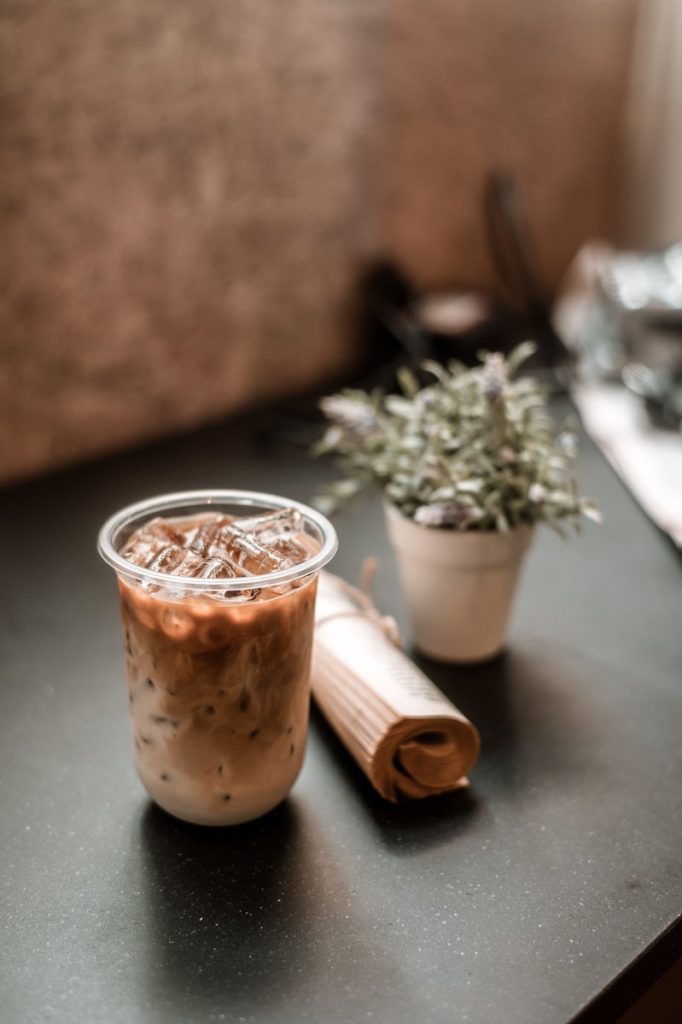
Conclusion to our Milke Tea guide
Making the perfect milk tea can be tricky if you don’t know what you’re doing. That’s why I’m here to tell you all about it. You can definitely make delicious milk tea with alternative milks, such as almond, oat, or coconut; just substitute these for dairy and adjust any other ingredients accordingly. When steeping your tea leaves, it really depends on the type of tea used; green teas generally need a shorter steep time than black teas. As far as sugar-free versions go, there are plenty of recipes online that will give you a tasty result without the added sweetness.
I’d also like to talk about cold vs. iced milk tea: while both styles have their advantages, one isn’t necessarily better than the other! Cold brews tend to bring out more subtle flavors in the tea itself, whereas iced drinks help cool down hot summer days and provide an extra bit of refreshment. Finally, bubble tea is different from regular milk tea in that it contains chewy tapioca balls (or boba) at the bottom of each cup. These add texture and flavor to your drink!
All things considered, brewing milk tea doesn’t have to be difficult. With a few simple tips and tricks up your sleeve, you too can create masterpieces in no time! So whether you prefer something light and sweet or dark and bold, get creative and enjoy experimenting with flavors today!
